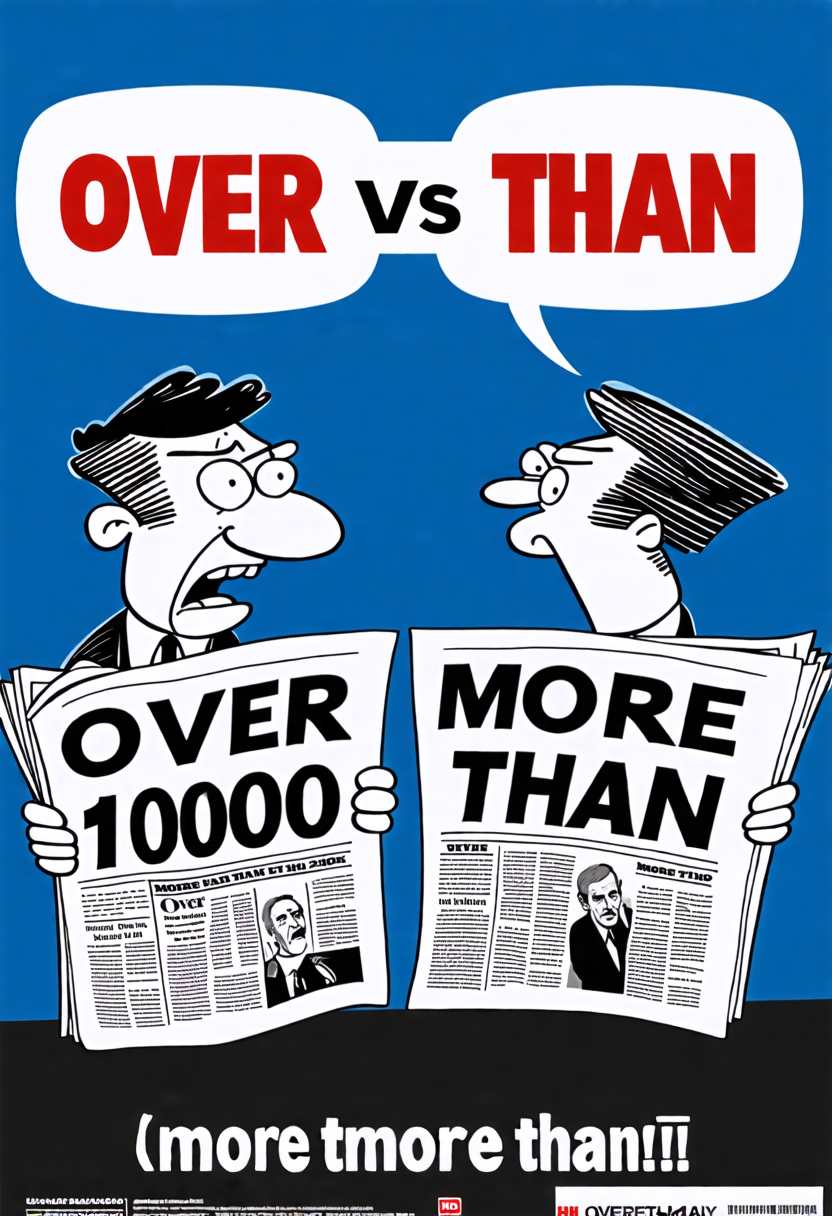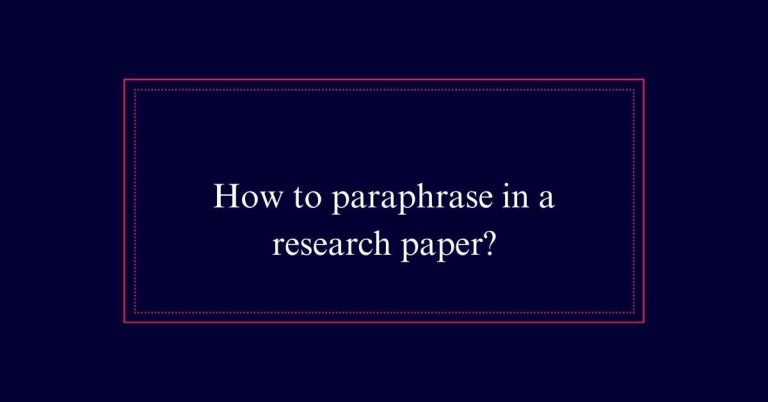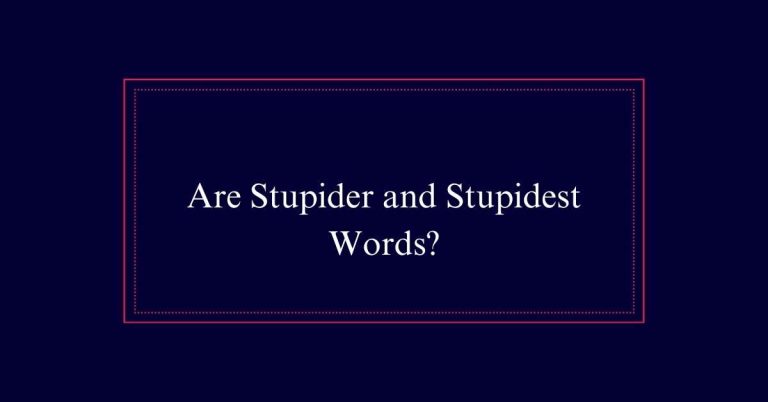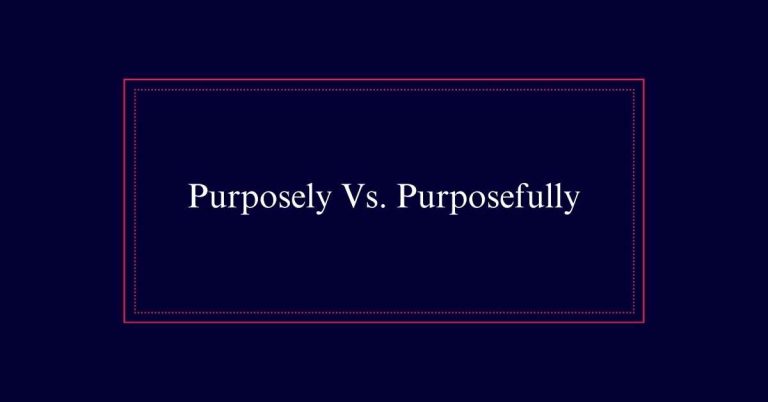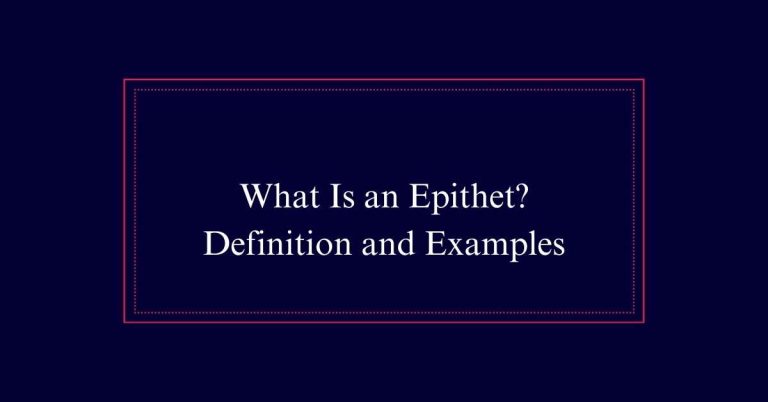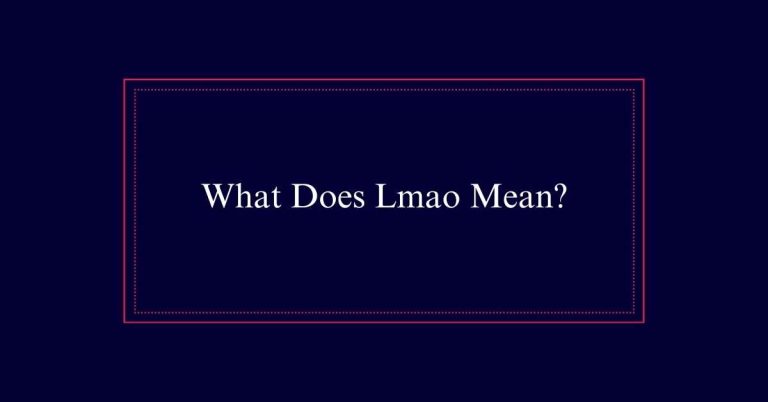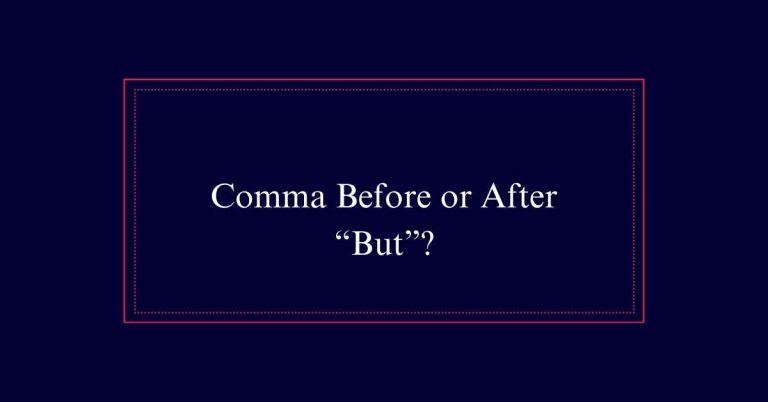Over Vs. More Than
Use ‘over’ for spatial relationships, such as “The lamp is over the table.” It can also be used figuratively, like “over a million dollars.” ‘More than’ is better for precise amounts, e.g., “more than 50 dollars,” and is preferred in professional and technical writing. The AP Stylebook now allows ‘over’ and ‘more than’ interchangeably for quantities, but ‘more than’ maintains a formal tone.
History of the Debate
The debate over the use of ‘over’ versus ‘more than’ dates back to 1877 with the influence of William Cullen Bryant. As the editor of the New York Evening Post, Bryant was a staunch advocate for maintaining a clear distinction between the two terms. He argued that ‘over’ should be used for spatial relationships, while ‘more than’ should be reserved for quantities and numbers.
This perspective shaped editorial standards for nearly 150 years. Over time, however, language evolved, and the strict rules began to relax. As common usage shifted, the lines between ‘over’ and ‘more than’ blurred, leading to a more flexible approach in modern writing.
The 2014 AP Stylebook Change
In 2014, the AP Stylebook embraced a significant change by allowing ‘over’ and ‘more than’ to be used interchangeably. This marked a departure from a long-standing grammatical debate that began in 1877.
The shift was driven by common usage rather than strict linguistic rules. The decision acknowledged that both terms are widely accepted in modern English. This change aimed to reflect contemporary language trends, making writing guidelines more practical.
The interchangeability allows writers more flexibility, especially in journalism and everyday communication. Despite this change, understanding the nuances of each term can still enhance clarity and precision in writing. The choice between ‘over’ and ‘more than’ remains largely contextual, influenced by the writer’s preference and the specific situation.
Contextual Use of ‘Over’
Understanding the contextual use of ‘over’ helps clarify its varied applications in both literal and figurative language.
Literally, ‘over’ indicates a position above something, such as ‘The lamp hangs over the table.
In a figurative sense, ‘over’ can mean exceeding a certain amount, like ‘She has over ten years of experience.’
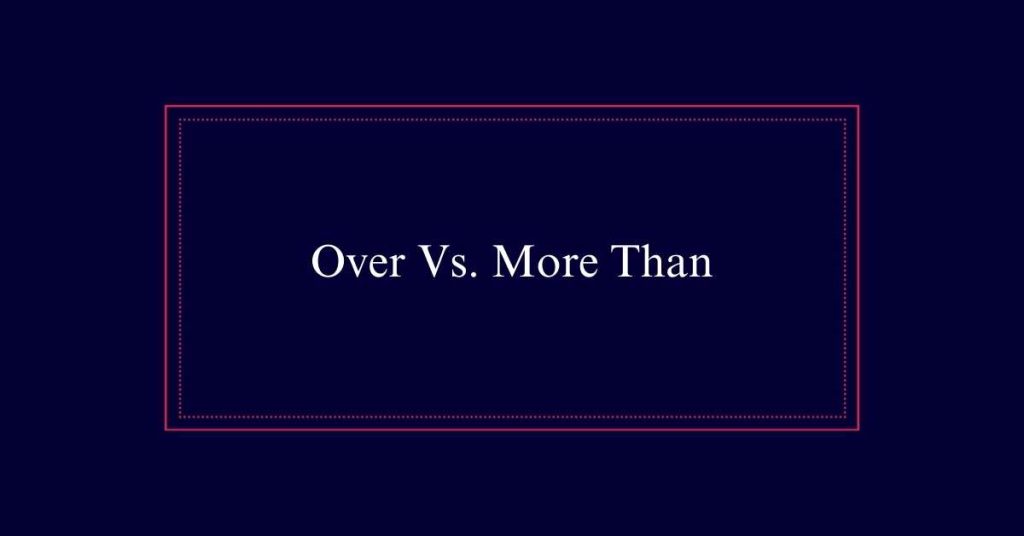
‘Over’ also finds frequent use in idiomatic expressions, such as ‘get over it’ or ‘over the moon.’ Its versatility makes it suitable for casual conversation and informal writing.
However, context determines its appropriateness, especially in professional or technical settings where precision is important.
Contextual Use of ‘More Than’
‘More than’ is most often employed to indicate an additional amount or a greater quantity compared to something else. Its use is particularly prominent in professional, academic, and technical writing. This phrase is preferred when referring to numerical values or quantities, ensuring clarity and precision.
Here are four contexts where ‘more than’ evokes a meaningful impact:
- Budget Reports: ‘The project cost more than $1 million.’
- Scientific Studies: ‘The experiment lasted more than 12 months.’
- Job Descriptions: ‘Requires more than five years of experience.’
- Education: ‘The course enrolls more than 200 students.’
‘Over’ in Conversational English
Conversely, ‘over’ is frequently used in everyday speech to convey a sense of excess or superiority. This usage is common in both casual conversations and idiomatic expressions. For example, people often say, “I have over ten books to read” or “She jumped over the fence.”
| Context | Example |
|---|---|
| Quantity | “He earned over $50,000.” |
| Comparison | “Her score was over mine.” |
| Spatial | “The plane flew over the city.” |
‘More Than’ in Formal Writing
In formal writing, ‘more than’ is preferred for specifying quantities or comparing amounts. This choice guarantees clarity and precision. Using ‘more than’ is essential in professional contexts to maintain a formal tone.
Here are four key reasons to use ‘more than’:
- Professionalism: Using ‘more than’ demonstrates attention to detail.
- Clarity: It provides clear, unambiguous comparisons.
- Consistency: Adhering to this convention aligns with academic standards.
- Credibility: This usage enhances the reader’s trust in your writing.
Examples of ‘Over’
Over is frequently used to express quantities, distances, and ages both literally and figuratively.
For example, ‘The company has over 500 employees’ uses ‘over’ to indicate a quantity.
‘She drove over 300 miles to visit her family’ demonstrates its use in measuring distance.
Regarding age, you might say, ‘He is over 30 years old,‘ which shows an excess in years.
Figuratively, ‘The project went over budget’ suggests surpassing a financial limit.
These examples illustrate how ‘over’ can convey more than just spatial relationships, fitting seamlessly into various contexts to signify an amount greater than a specified number.
Examples of ‘More Than’
More than is often employed to compare quantities, distances, and ages, emphasizing an amount exceeding a specific value. Here are some compelling examples to illustrate its use:
- Astonishing Growth: The company reported more than 50% growth in revenues last year.
- Remarkable Distance: She ran more than 26 miles in her first marathon.
- Significant Age Difference: He is more than 30 years older than his youngest sibling.
- Impressive Quantity: The library holds more than 100,000 books.
These examples highlight the clarity and precision ‘more than’ brings to sentences. It is ideal for formal and structured contexts, ensuring the reader understands the extent of comparison.
Quantities and Distances
Quantities and distances are key areas where the terms ‘over’ and ‘more than’ often overlap. Both can describe numerical values or measurements.
For instance, ‘The bridge is over two miles long’ and ‘The bridge is more than two miles long’ convey the same idea. Similarly, ‘Over 100 people attended the event’ and ‘More than 100 people attended the event’ are interchangeable.
In professional writing, ‘more than’ is generally preferred for clarity and formality. However, ‘over’ can be used effectively in less formal contexts. The choice often depends on the tone and style of the writing.
Key Considerations
When choosing between ‘over’ and ‘more than,’ consider the context and formality of your writing. Here are key considerations to guide your choice:
- Formality: Use ‘more than’ in formal or academic writing. It is more precise and preferred in structured contexts.
- Context: ‘Over’ is suitable for conversational or informal writing. It fits well in everyday language and idiomatic expressions.
- Clarity: ‘More than’ often provides clearer comparisons, especially with numbers and measurements.
- Audience: Consider who will read your writing. Formal audiences may expect ‘more than,’ while casual readers might prefer ‘over.’
